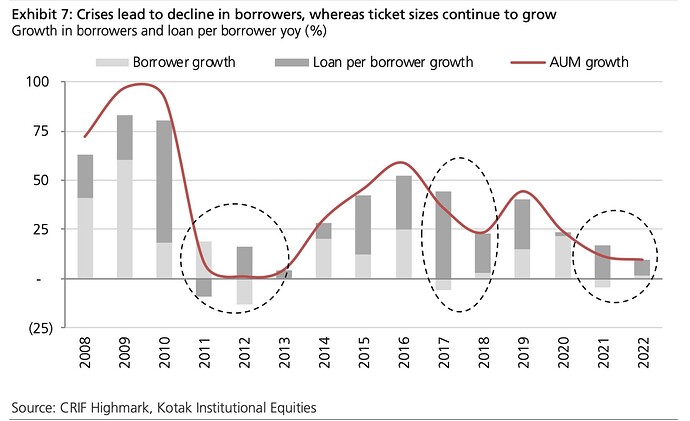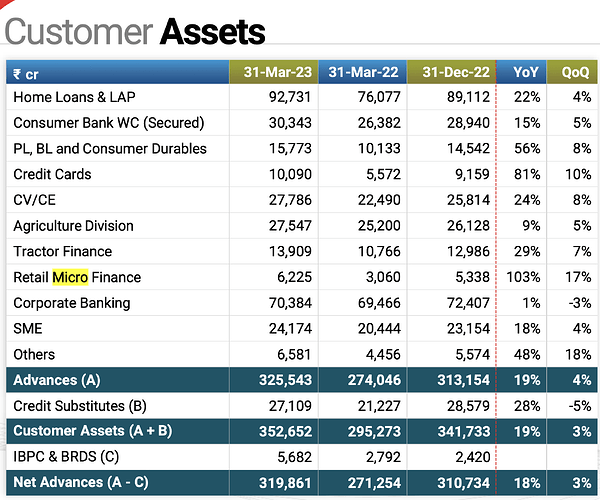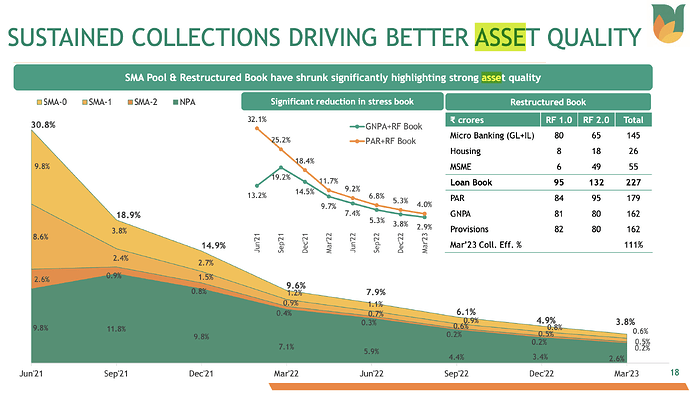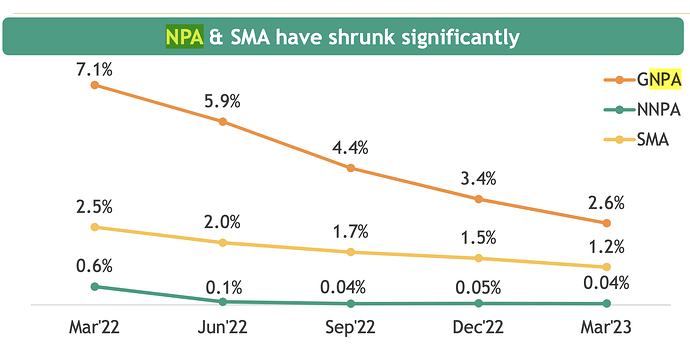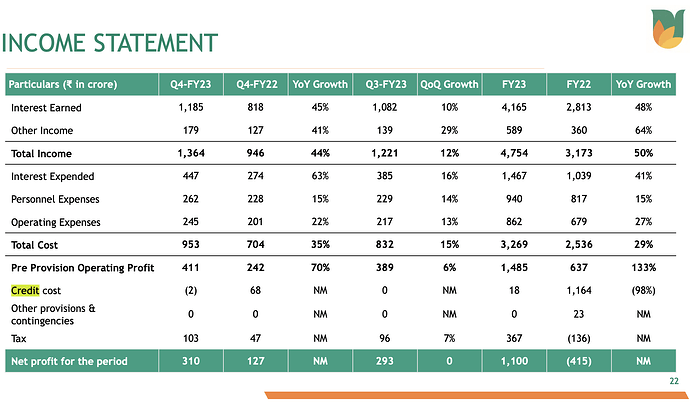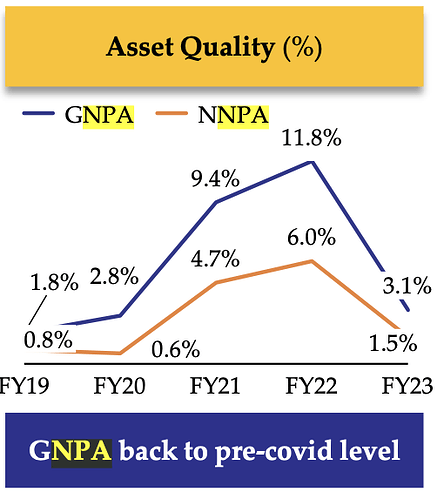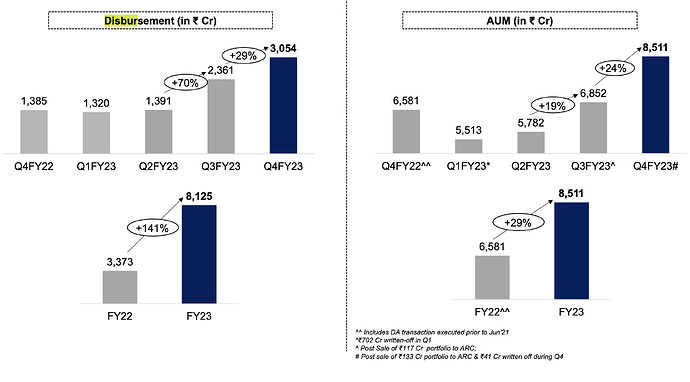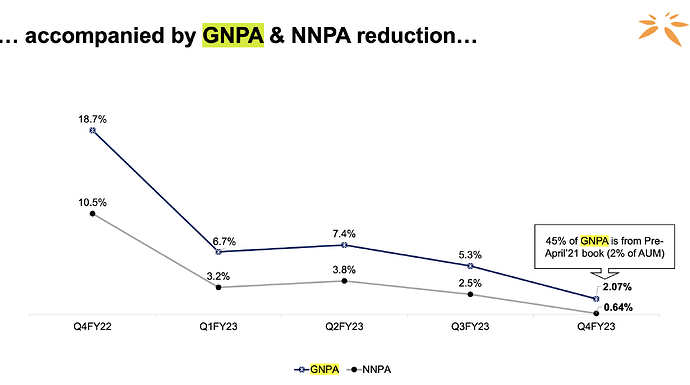So while on the flight to Dubai, i had around 4 hours of free time. During these 4 hours i tried to pencil down my thoughts about what i’ve learned about investing so far. This was a good experience as it made my thinking clearer about what i am trying to target via my own investing philosophy. Here are the notes:
-Invest in a business that can survive across market cycles and that can differentiate itself amongst the competitiors.
-Survival would ensure that the N in the compound interest formula gets elongated.
-Differentiation would ensure that the business can make high returns on incremental capital/Roic in the long run.
-The law of capitalism is competition and a free market economy. Thus, most of the businesses cannot make more than their cost of capital in the long run.
-One has to look for businesses which can make more than their cost of capital in the long run. This is known as Economic Value Added.
-Such businesses can only be found, where an entry barrier exists or the amount of competition is low.
-For eg- Amines industry, Graco (pumps), Vinati Organics, Casa Franchises, Low cost operators, Know how players like Aarti, or for players with scale advantages like Bajaj Finance and Dmart.
-My main job as a portfolio allocator is to buy re-investment moat candidates and not the legacy one’s.
-3 bucket framework, priority wise:
Reinvestment moats-
Bajaj Finance,Kotak Bank, Alkyl Amines, P i Industries, Aarti, Apl Apollo etc.
Legacy moats (slowing growth)-
AIA Engineering, Orient Ref, Balkrishna tyres, Solar Industries, CCL,Cera etc.
Cheap Shit (cyclicals, Roce would improve gradually candidates,temporary problems)
Gael, Sanghvi, Ipca Labs,Avanti feeds etc.
-Substantial part of the folio has to be in companies which posses a strong re-investment moat. This will ensure above average returns.
-If 60-70% of the folio is in expanding moat co’s, the remaining part has to be in cyclicals,temporary problems and legacy moats biz.
My own defination of reinvestment moat candidates, Legacy moat and cyclicals:
Reinvestment- these are co’s whose core business is protected by a moat, which ensures high ROCE. Moreover, they can re-invest their earnings at a high ROCE. That is Return on incremental capital employed would be north of 20%. This is what Vinati did in last 10 years.
This is basically compounding on steroids.
Pro’s-
No need to find new co’s every 6 months, can easily invest more money in these.
Higher returns than market.
Cons-
-Priced too perfection.
-Margin of error in terms of valuation is low. Although real margin of safety lies in the quality of the business.
Legacy moats- These are business whose roce is protected by a moat. However, these businesses cannot grow their earnigns more than the nominal gdp growth. They lack the runway to deploy additional capital at high rates of return.
Pros- will beat bonds in the long run and no tension about survival.
Cons- if earnigns growth slows down even further, then high chance of derating.
Cheapshit- these include cyclicals, Cigar Butts, Industrial recovery plays, reversion to mean and only someitmes a high quality co going through a temporary problem.
Buy cyclicals when:
-Capacity shutdown
-Abnormal increase in input prices
-Promoter increasing stake
-Insutrial recovery underway
-Might time it with technicals.
Pro’s
-Mutlibagger returns
-Potential for a 30%+ Cagr in short run.
-Can usually be purchased cheap
Cons-
-You’ll be like Arjuna of Mahabharta if caught in a wrong cycle.
-Need deep understanding of industry
-Often too many variables
-Might be too volatile
Where would the highest returns be made?
-A high ROIC co, earning more than 20% on incremental capital, one purchases it at reasonable valuations.
-When a high ROIC Co trades at cheap valuation due to temporary problems in the business- IPCA Labs, P I ind, Balkrishna tyres.
-When a company from legacy moat biz moves to reinvestment again- Eg Vinati organics when it acheived success in ATBS in 2006. Till then its IBB division growth had moderated.
Alkyl amines after establishing its Dahej plany, grew faster due to tailwinds. (Charts tell the story)
-When companies which earn below their cost of capital for a temporary period make returns more than their COC (Economic value added)- eg HEG, National Peroxide, Sanghvi Movers etc.
These were my thoughts, feedback would be appreciated.

